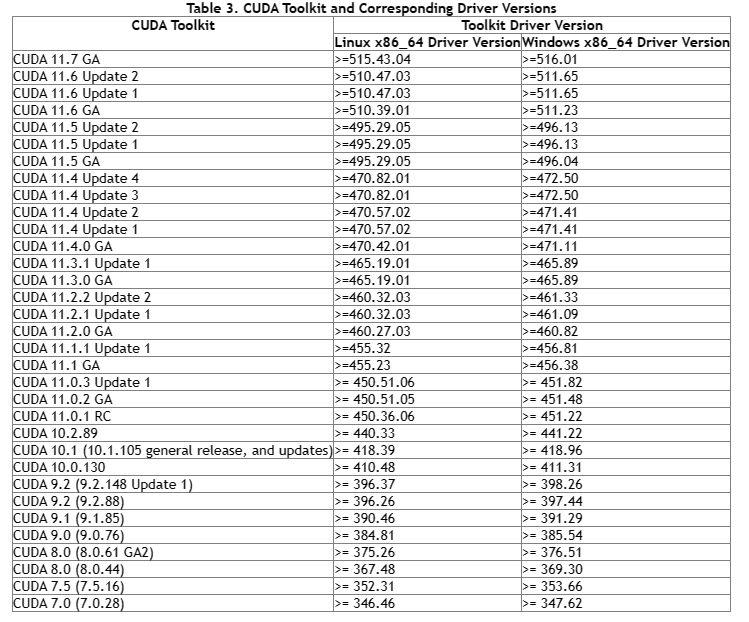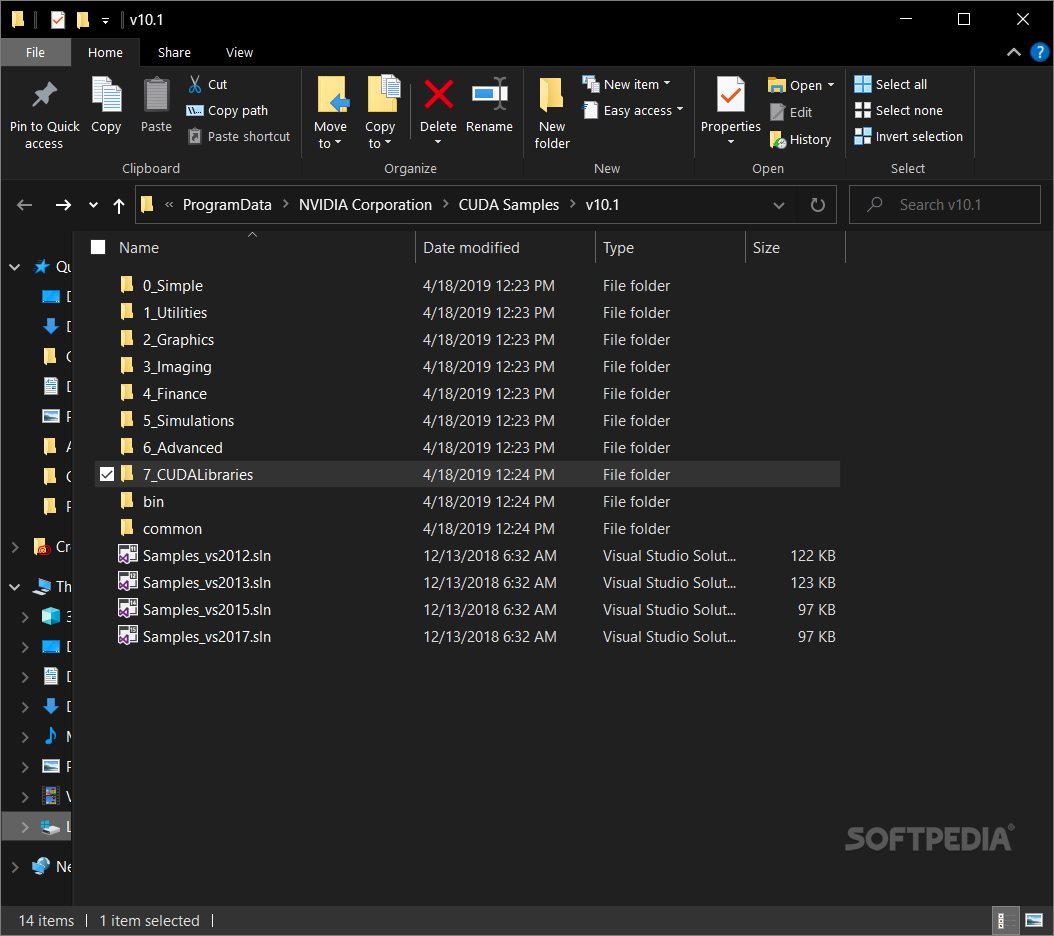
In CONDA_PREFIX without having to provide any conda-specific cmdline arguments. Using the compiler metapackage with conda-gcc-specs you can incude and link libraries installed rpath $CONDA_PREFIX/lib -rpath-link $CONDA_PREFIX/lib -disable-new-dtags -L $CONDA_PREFIX/lib to link include $CONDA_PREFIX/include to compile commands A new optional package called conda-gcc-specs can also be installed that adds: X86_64-conda-linux-gnu-cc) for toolchains that are targeting the system they are running on. NVIDIA CUDA Toolkit (CTK) are compatible with each other What do developers.
#Anaconda cuda toolkit install#
The compiler metapackages mentioned above also install packages thatĬreate symlinks of the short names (like gcc) to the actual toolchain binary names (like conda-bld/pytorch1603729096996/work/c10/cuda/CUDAFunctions. Wants to be able to build some things for the build-host to use during the build by just calling Is setup for cross-compiling and expects CC to contain the name of the target toolchain but What do you do if you have custom FLAGS that your project requires for it’s build or you can’tīuild with some of the flags supplied by conda-forge? What if you are building something that Variables ( CLAGS, CPPFLAGS, LDFLAGS, etc) so that many build systems will pick them up correctly. Of particular note, the activation scripts add theĬONDA_PREFIX/include and CONDA_PREFIX/lib paths to the appropriate FLAGS environment The activation scripts also set aĬMAKE_ARGS variable with many arguments the conda-forge community finds helpful forĬonfiguring cmake build flows. The long compiler name x86_64-conda-linux-gnu-cc.

For example, you would see the variable CC set to Many environment variables that are typically used by GNU autotools and make in the You conda activate an environment that contains the compiler toolchain. The conda-forge infrastructure provides activation scripts which are run when Of gcc, the actual binary will be named something like x86_64-conda-linux-gnu-cc. ‘prefixed’ with more complete information about the architecture and ABI they target. As a result, the builtin search path for theĬompilers only contains the sysroot they were built with.

Problem resolved CHECK INSTALLATION: import os print (os.environ. You can test the cuda path using below sample code. Them anywhere like any other conda package. After installation of drivers, pytorch would be able to access the cuda path. Note that the NVRTC component in the Toolkit can be obtained via PiPy, Conda or Local Installer. We do this because it makes it possible to then install CUDA Toolkit Documentation Installation Guides can be used for guidance.

All of our toolchains are built as cross-compilers (even when they are built to run on the sameĪrchitecture that they are targeting).


 0 kommentar(er)
0 kommentar(er)
